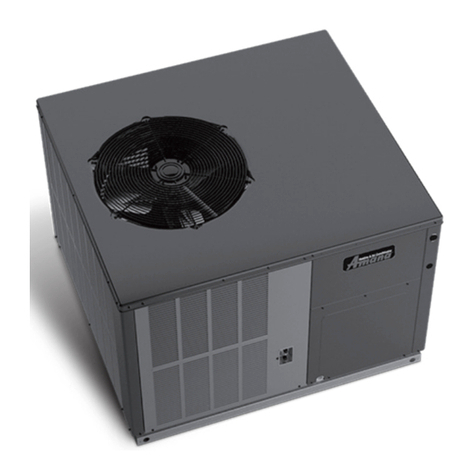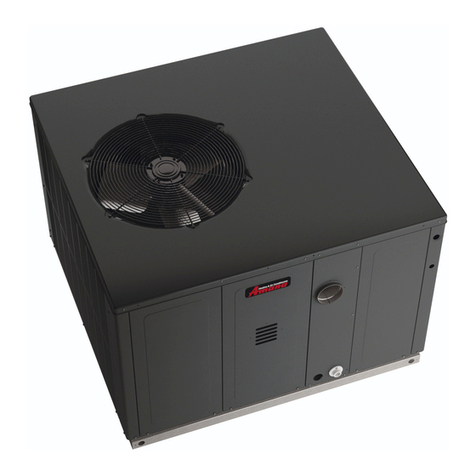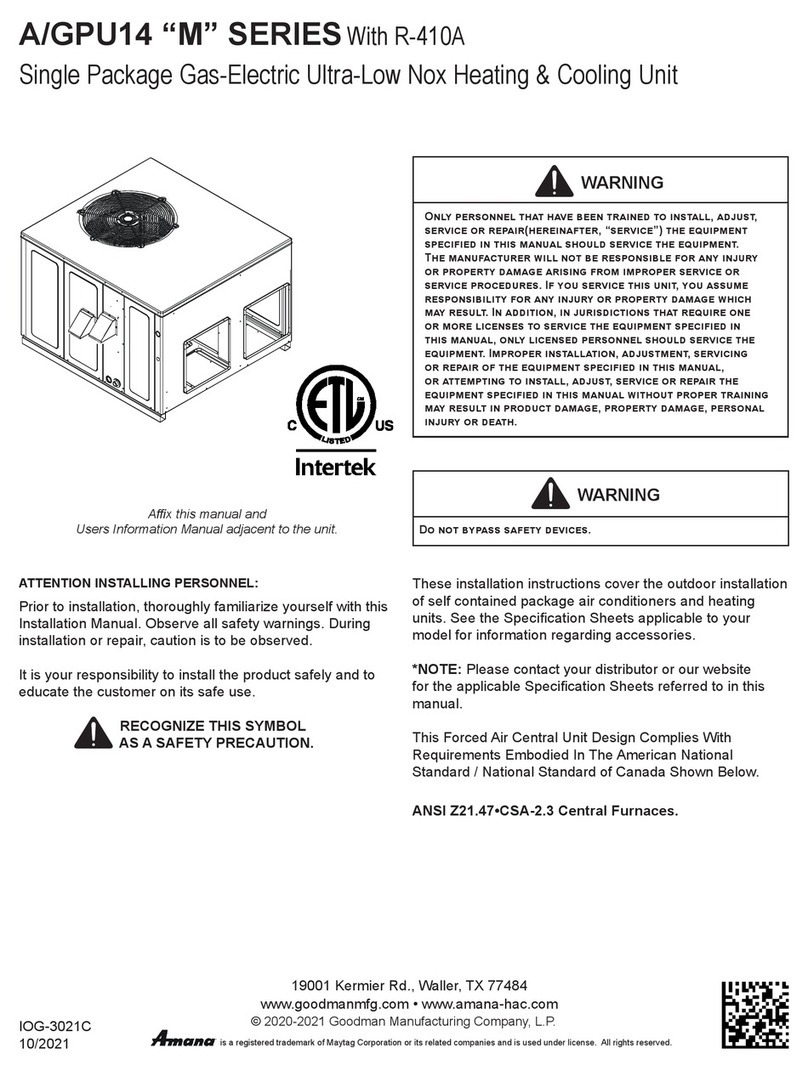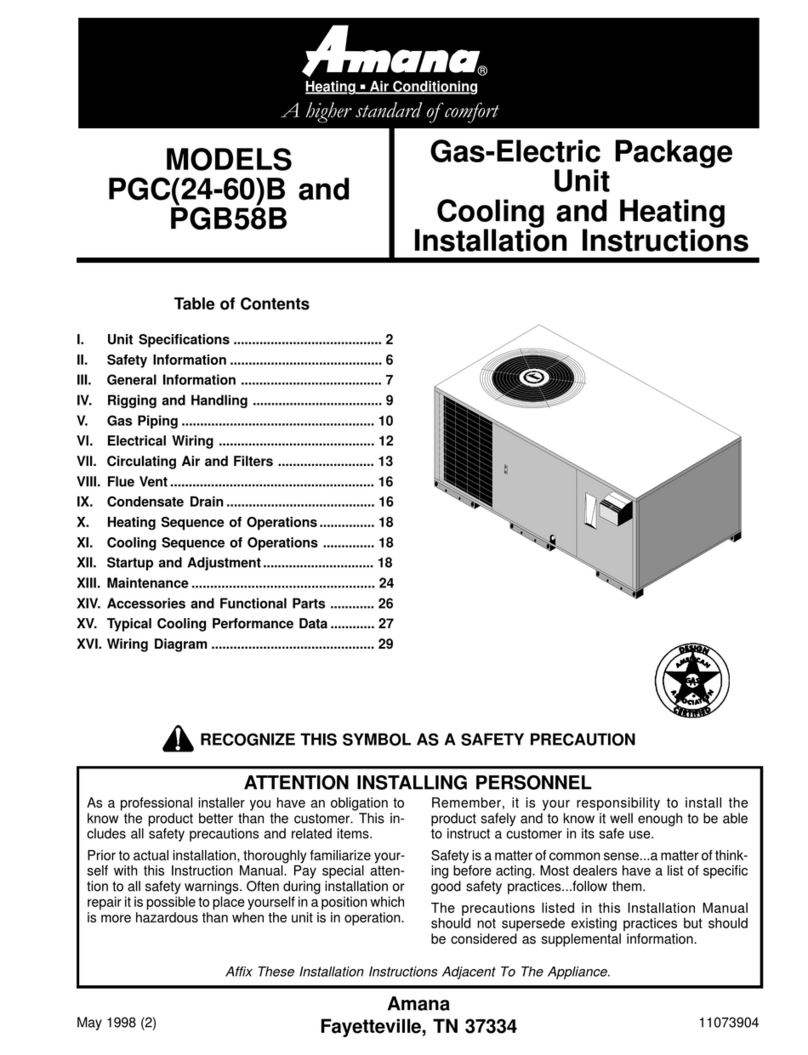
2
5
5
6
6
6
6
8
9
9
9
........................... 19
......................................... 19
..................... 20
................. 20
.................................................. 20
... 20
.......................................... 20
................ 20
............................................... 20






























